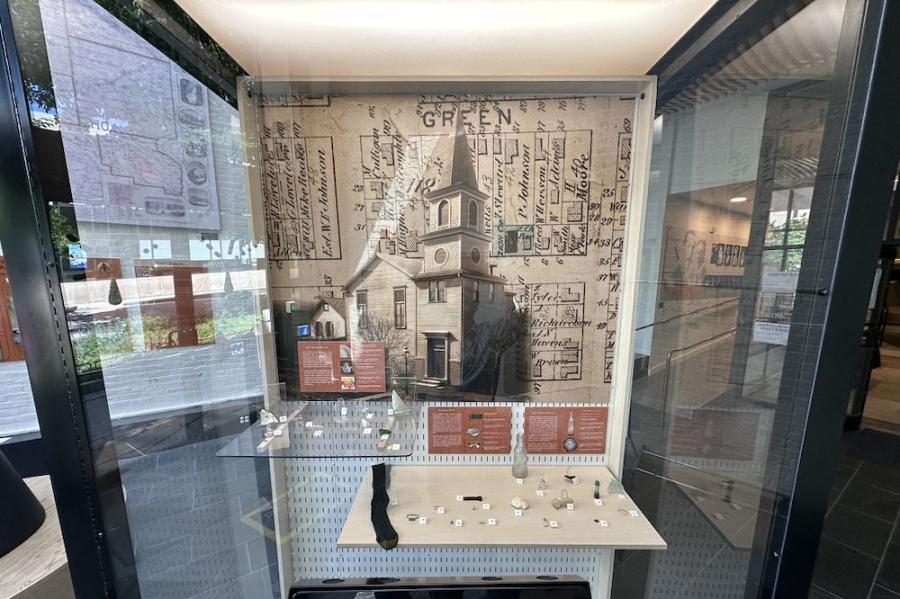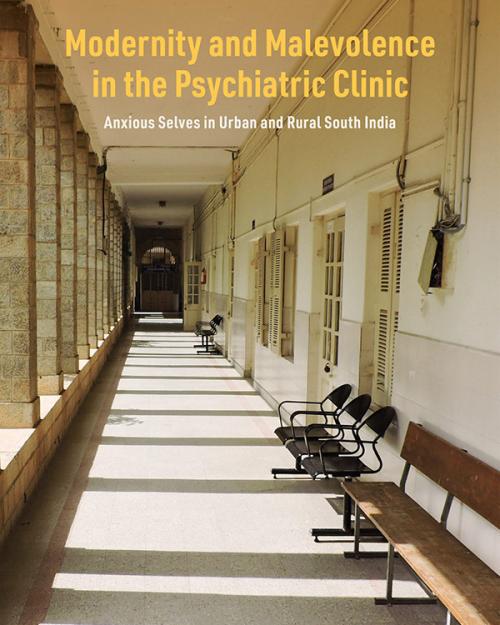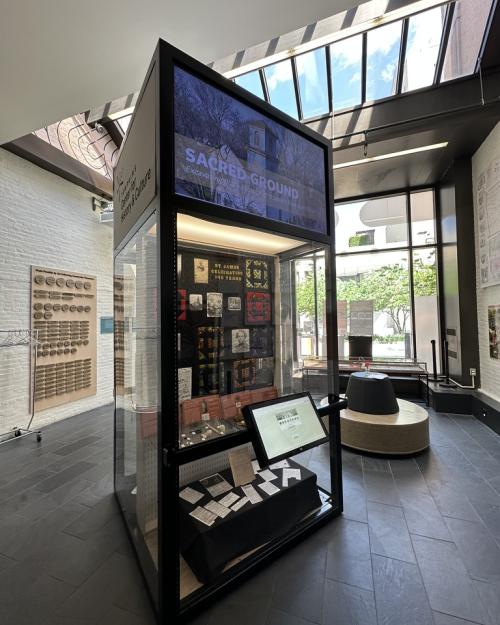The exhibit “Sacred Ground: Excavating Black History at Ithaca’s Freedom Church” has won a preservation award from Historic Ithaca for its public contribution to scholarship in local archaeology and community history, according to Historic Ithaca.
The exhibit, which opened June 19, highlights findings from a four-year archaeological excavation of Ithaca’s St. James A.M.E. Zion Church conducted by Cornell faculty, students and Ithaca school children from 2021–2024. The exhibit will remain on display until Dec. 31 at The History Center in Tompkins County, 110 N. Tioga St. in Ithaca.
Exhibit organizers will be recognized at Historic Ithaca’s annual awards ceremony at 5:30 p.m., Sept. 18, at Argos Warehouse.
“To my mind, the excavations at St. James and the Sacred Ground exhibit are a way of bringing home to the Ithaca community all the history that lies beneath our feet,” said Adam T. Smith, Distinguished Professor of Arts and Sciences in Anthropology in the College of Arts & Sciences and co-curator of the exhibit, along with Cindy Kjellander-Cantu of the History Center and Arnav Tandon, masters student in archaeology. “Preservation is not only about restoration – it is also about exploration. The more we actively work to understand the past, the better we understand how we came to be who we are in the present. By exploring Ithaca’s past, Sacred Ground also sets out a vision for our future."
Every year, Historic Ithaca presents awards for sensitive restoration and preservation projects within Tompkins County, said Christine O’Malley, Historic Ithaca’s preservation services director. Although most of the awards go to buildings, preservation efforts and creative projects of other types are often honored, O’Malley said. This year, in addition to the “Sacred Ground” exhibit, two books are being honored, as well as a barn rehabilitation, an addition to an historic building, two infill projects in historic districts and a full rehabilitation of an historic house.
“The Sacred Ground exhibition documents research that enhances our knowledge of this historic church and contributes to its preservation history,” O’Malley said.
St. James A.M.E. Church is on the National Register of Historic Places. Founded in 1833, the church was Ithaca’s most important Underground Railroad station and hosted numerous dignitaries including Frederick Douglass, Harriet Tubman and W.E.B. Du Bois. It is the oldest A.M.E. Zion church in the world still in use and is believed to be the oldest religious structure in Ithaca.

The History Center exhibit includes many artifacts that help to tell the church’s story, including glass objects, textiles, coins and toys. A display of maps from the 19th and 20th centuries shows how the south side of Ithaca developed around the church while materials from Cornell’s Tree Ring Laboratory detail the construction history of the church itself.
“The exhibit at the History Center will invite people to connect in new ways with our historic town and amplify the underrepresented story of the St. James A.M.E. Zion Church and the Underground Railroad in our area of New York,” said Lori Khatchadourian, associate professor of Near Eastern studies and anthropology (A&S), who co-directed the excavations.
Smith said that he and the other organizers have been gratified by feedback from exhibit visitors. “A different sense of the past emerges when you don’t just read about it but see it right in front of you,” he said. “The objects recovered from St. James are for the most part quite small. But they can tell big stories.”




